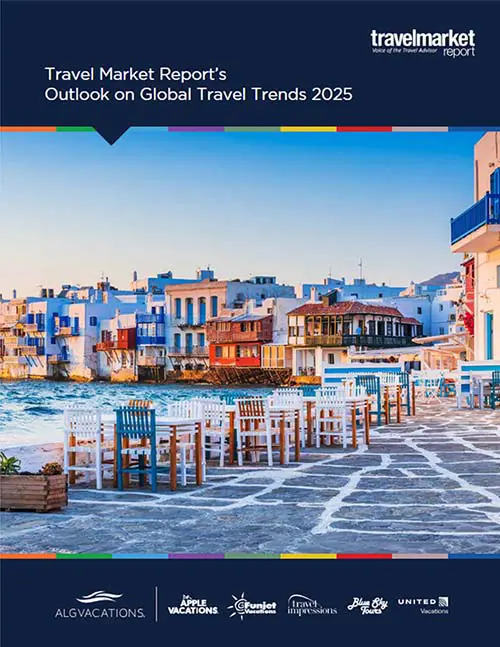Sonoma County is Open for Tourism
by Jessica Montevago
Photo: Shutterstock
Messaging for a tourism destination after a natural disaster is crucial to dispel fears and encourage future travel. In Sonoma County, tourism officials are exploring new initiatives to overcome the perception that the California’s wine country was devastated by recent fires and isn’t safe.
Last month’s Kincade Fire was the third straight, record-breaking fire, following the 2017 North Bay wildfires, which killed 24 people and destroyed more than 5,300 homes in Sonoma County; and 2018 Camp Fire in Butte County, which filled the skies with thick smoke.
The fires have already affected the county’s $2.2 billion tourism sector. The occupancy rate at local hotels dropped to 75.6% through the first nine months of the year, down from 80.9% during the same period in 2018, according to STR, a data analytics provider.
While the Kincade Fire was accompanied by a historic power shutoff and was the largest evacuation in the county’s history, it damaged less than 8% of Sonoma County’s one-million-acre land mass, according to Sonoma County Tourism, a trade group that markets the region as a destination for visitors. The fire was mainly in the mountains and wild land in northeastern Sonoma County.
Some 77,758 acres burned and threatened the populated areas of Geyserville, Healdsburg, Santa Rosa, and Windsor, but firefighters were able to contain the blaze to the largely unoccupied wilderness areas in the rugged northeastern part of the county.
There are more than 425 wineries open to the public in Sonoma County, and only two sustained major damage: Soda Rock Winery lost its tasting room; and The Spire Collection at Field Stone Vineyard sustained damage to the winery and barn, though they are still hosting guests and accepting appointments at their tasting room in Calistoga. And, the 2019 wine grape harvest was 92% complete at the onset of the fires, while an additional 3% was harvested before evacuations took place.
Sonoma County Tourism is turning to social media with a #GatherInSonoma message. By having visitors post pictures of the unscathed vineyards, thriving wineries, ancient redwood groves, and miles of pristine trails that remain untouched and ready to explore.
The organization is also looking to the trade. “We’re encouraging travel agents to register for our online training platform and complete the two modules, so they garner a full understanding of the destination. That way, when we say less than 7% of the county was affected by the fire and most of that contained to rural areas, they have a clear point of reference,” said Deleyse Langdale, Sonoma County Tourism’s vice president of tourism development.
Travel advisors can join the Sonoma County Travel Pros Facebook group. The dedicated community is a place for travel agents and tour operators to read daily content, share ideas, take polls, provide inspiration, and answer questions. Langdale said during the fires, “It was also the place we provided time-sensitive information on conditions ensuring the travel trade stayed up to date.”
























